Terrace Gardening in Spain – what to plant, pots, walls, shops and care
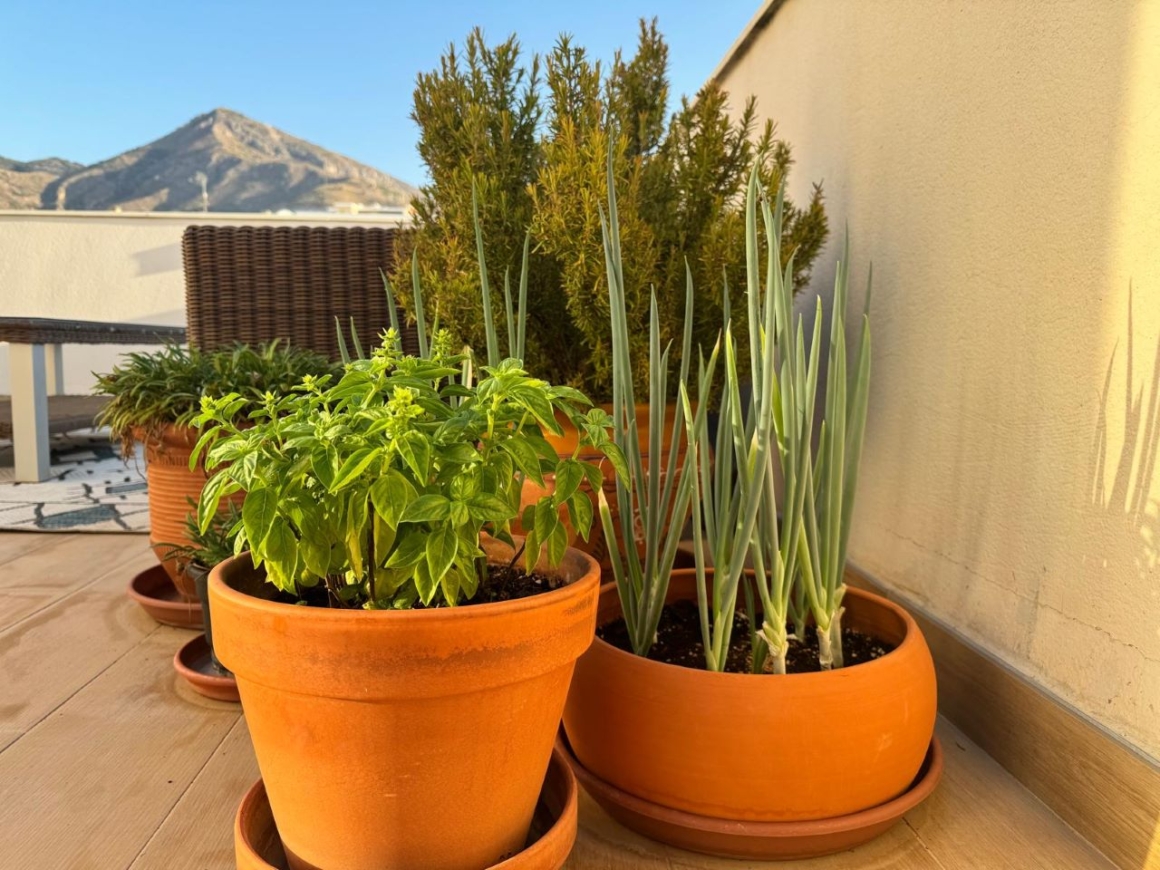
Terrace gardening in Spain – I would love to live in a house with a vast garden; but I live in an apartment, so I have a terrace garden. And it is not bad at all! There are even a few advantages. The main difference probably is that I cannot have trees; but I can have climbing plants, and I certainly plant a lot in pots – large, small, colored, terracotta, plastic… that I can move around until I find the perfect place for both the plant and the terrace. There is a lot of fun to be had gardening on a terrace, and a lot to experiment!
There is, of course, the permanent feel of novelty every time I bring a new plant home. Not to mention that I have fresh basil every time I want! And mint, chives, parsley, rosemary… Join as I share my two years of experience terrace gardening in Spain, plus some interesting finds!

I am not new to terrace gardening. In Brazil, I lived in an apartment with a large balcony, and at some point, I had so many plants that I was afraid the balcony would collapse from the weight. Luckily it didn’t happen, but the concern was not exaggerated; I used so much soil that sometimes ordered it from a company that delivered in bulk; my biggest order was 300 kg in one go. Well, the balcony was gorgeous…
I do see differences, though; plants I used to grow well in Brazil are giving me a hard time in Spain, but we are improving. Hubby, which is more of a farmer than a gardener – we are working on that – has added his own expertise and much needed help when a plant needs cutting and I become overprotective. Kiddo helps a lot by giving me news about the garden and suggestions about what we should try next – the time we planted broccoli was his suggestion, for instance. He also has long had my permission to cut chives, something Hubby just achieved recently.
Choosing what to plant
Everything, of course. But due to pot availability and to avoid terrace collapse, I have to limit my impulses; therefore, I have set some rules for choosing what to grow. In order from most important to less: 1) nothing with spikes (this rule has been broken several times, as we’ll see later); 2) preference for herbs, because, being realistic, these are the most useful potted plants and 3) other useful plants – be it for food, good smell or good looks (because making the terrace look good is quite a good use).
1- Nothing with spikes
I don’t like (much) spiky plants because I tend to get hurt while caring for them. Kiddo, though, is a cacti and succulents admirer, and often asks me to get one when we go plant-shopping. How can I say no to the kid? I can’t, so he has his own pot, in the living room, with a few small plants. He is the sole responsible and takes super good care of his plants, that he waters once a week with a dropper. He even named his main cactus!!
I broke my own number one rule, too, when I got edible roses from Guzmán Garden Center. I thought it was irresistible, and that being both super beautiful and counting as food would be usefulness enough to justify my outlawness. I paid the price – a bug infestation hit the rose bushes, killing one; I worked hard manually cleaning the bugs from the second one and got spiked a million times. Lesson learned, again? Probably not. By the way, Hubby found online that every rose is edible, apparently. :/
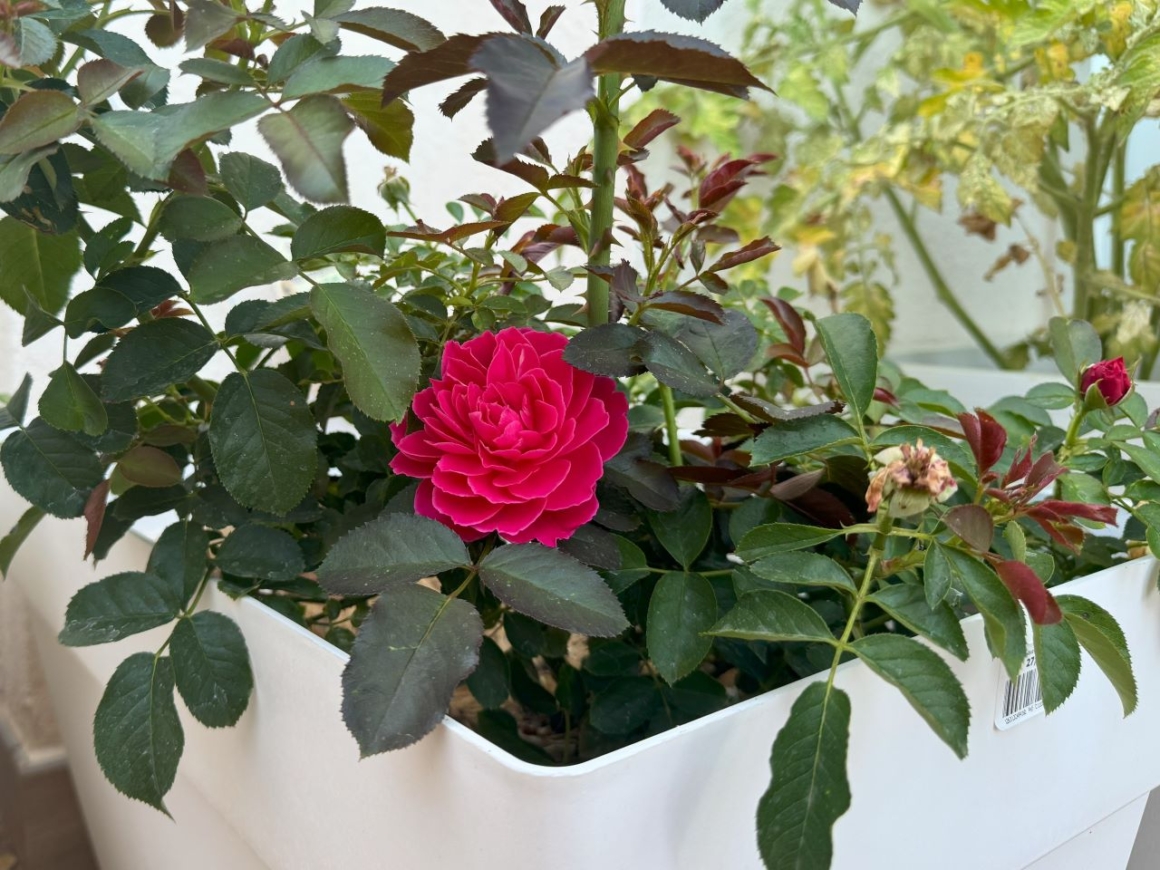
For those who prefer plants that don’t give much work, or for those that spend long periods out of their Spanish homes, cacti and succulents can be the way to go. A beautiful one is the Crown of Thorns (Euphorbia milii) because of the bright red flowers. This plant is also super resistant – it was on our terrace when we bought the place, and it didn’t die even though we all kept far. It basically doesn’t need anything – it is you who will need, though, to keep a safe distance.
If you have pets or small children, though, avoid not only this but anything from the Euphorbia family – they are all poisonous. The milk-like liquid that comes from them when broken can cause inflammation, irritation and even blindness.
2 – Herbs are a terrace gardener best friend
More precisely, herbs are a terrace gardener-that-also-cooks best friend. There is nothing like having fresh basil every time one decides to make a pasta – that is actually how I started with terrace gardening; as a college student, I realized the only practical way to have basil anytime I did spaghetti was if I planted some myself.
Basil is sure a gateway to other plants; it is very easy to multiply, you just need to remove the larger leaves of a branch and put the branch in the water (some two plant nodes under water; one out, above water). After basil, came the chives – super easy as well; choose on the market chives with roots, pot it, water regularly and wait. They multiply!
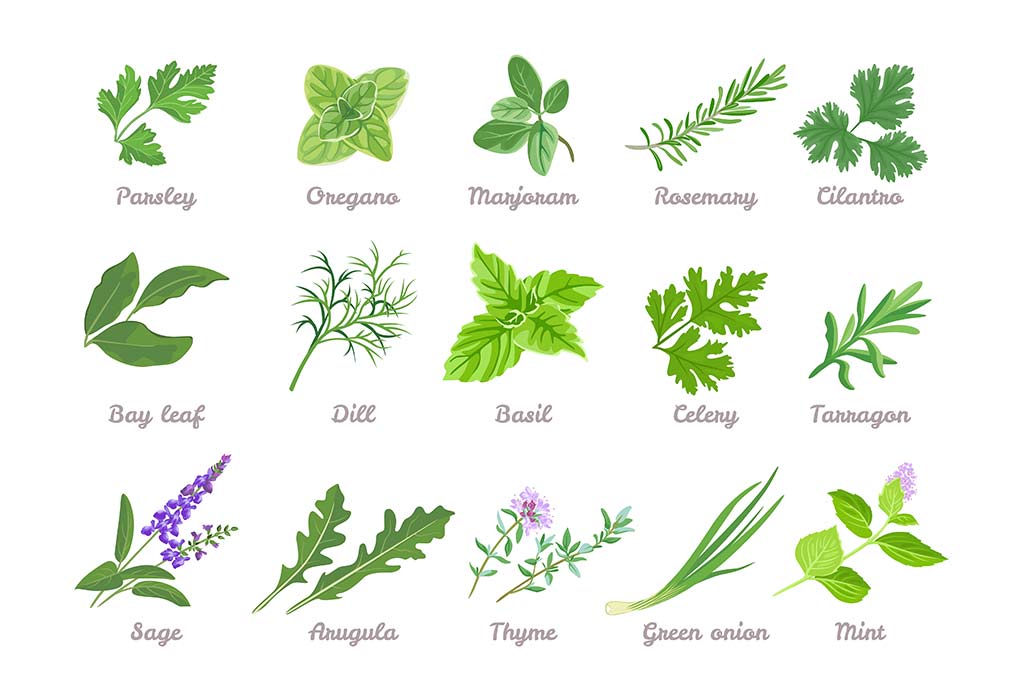
And then a world of experimenting and plant nursery visiting opened before my eyes. Flowers? So many, because so irresistible. But keeping to the herbs: parsley, rosemary, basil, thyme, chives and mint are the ones I have tried and succeeded in planting in my Spanish terrace garden; I have planted arugula too, but I don’t consider it an herb. The arugula went well initially, but lived shortly, as we had just moved in and I didn’t pay much attention to it; I guess it is time to do it again!
The main advantage of herbs is that, because the consumption is so small, we get to both eat it and keep the plant. 🙂 For most edible plants, the number of plants needed to properly supply for a family would not fit in my terrace, so I grow them for fun; the herbs, though, do supply.
Growing plants is a family activity; Hubby enjoys it almost as much as me, though he is more focused in the production, while I am happy even just watching the plant evolve, the flowers, the growth – the learning; Kiddo is always around, watching, asking questions, sometimes helping and even harvesting herbs we’ll eat at lunch. It is also an incentive to not waste – he wouldn’t like to throw out food he helped grow.
The herbs are all easy to grow, maintain and multiply; the real key, though, is to trim the flowers of the herbs as soon as you see them. I know it hurts and that it is counter intuitive, but once herbs start putting out flowers, they devote all their energy to it, therefore stopping the production of new leaves. After that, the plant often dies, or at least gets very weak. Trimming the buds is what keeps herbs alive, sometimes for years.
3 – Other useful plants
We have planted a lot more than herbs in these two years; I’ll make here a small recap and explain what worked and what did not:
Cherry tomatoes: works well. We are in our third plantation of cherry tomatoes; the first one gave so much produce that we didn’t buy tomatoes for months; the second was plagued by spider mites and, therefore, short lived. We are keeping an eye on this third round, that is just starting.
Lettuce: lettuces were quite impressive, and so cute. We got ours from Guzmán, and for several weeks we had fresh lettuce every day; I was harvesting a few leaves per day, instead of cutting the whole plant out. Over time, the leaves got bitter, though; it seems that is what happens when the plants are exposed to heat. We will give it another try during winter.
In the image: two of our 4 vases of lettuce when they were small!
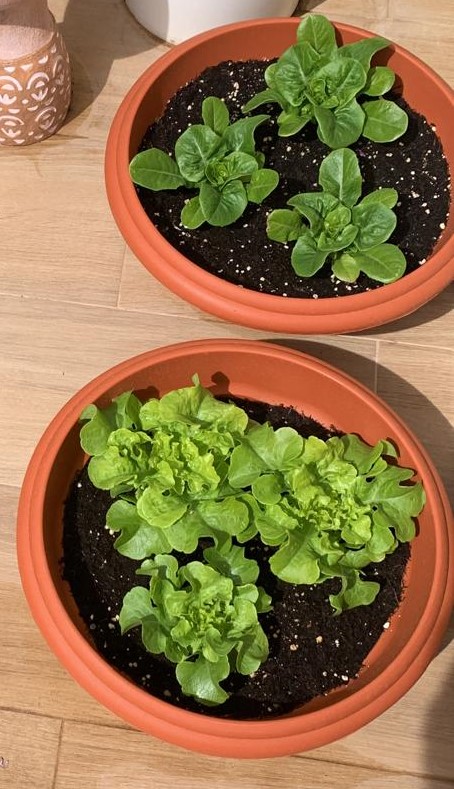
Broccoli: this was Kiddo’s idea (he loves broccoli). I got seeds, and the germination rate was way above expected, so for a while we were distributing broccoli plants for friends; we couldn’t distribute them all, an obvious sign that we either need more friends in Spain or to do a better job at convincing people to plant broccoli… The ones we kept (4 plants) did give broccoli, but we didn’t know when to cut it, so they blossomed! Hey, broccoli blossoms are adorable! Ours were also victim of strong winds and grew bent. We are thinking of planting it again in bigger pots; I miss those flowers.
Strawberry: the first ones died; I don’t know why. But the second try was a charm! I planted it in a sunnier part of the terrace and think this may be why they did well. Once a week or so we have 1 strawberry from our garden; so, you see, the production is not very good; nevertheless, this plant already sprouted more plants, which sprouted more, so now we have three generations of strawberry plants going on; we foresee an increase in production!
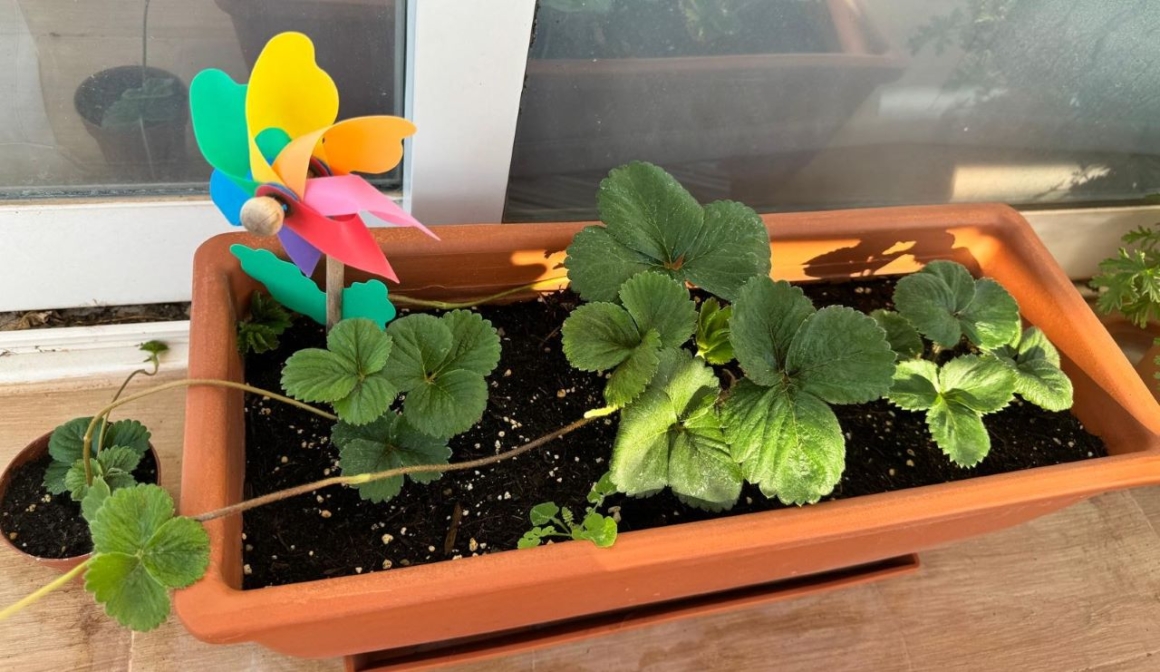
Blackberry: we got this plant in Guzmán, in April. It has been growing a lot and gave exactly one blackberry to date; it was close to the spider-infected tomatoes, but it did not get infected; it was also in a pot that got filled with other plants, but we have since removed most of them and just recently added a support for the bush. So far it has resisted a lot, including this very hot summer. It looks like this will be a good plant in years to come.
Watermelon: I wanted to buy two plants, to give it a try, but Guzmán only sold it in packs of 6, so I got 6 and planted them all, much to the laughs of Hubby, that called the whole family to inform we were now planting watermelons, which sounded so alien to him as blackberries are for me. We didn’t have enough large pots for them all, so I planted 3 in a large pot and the other 3 in 3 small pots.
Only the ones in the large pot yielded fruits – we did harvest 3 watermelons, not as big as the ones in the market, but reasonable. I don’t intend to plant watermelons again, though, because they became huge plants that took up much of the terrace floor.

Lime: limes are the herbs of the fruit world; with only one I can make lemonade and season the food! We got a small lime plant from Veracruz Benalmadena a few months ago; it is growing and has a few limes, which we didn’t harvest yet, but probably should. Plus, citruses do super well in Spain, so this one is very recommended. Put two in large painted ceramic pots and your house increases in charm and value!
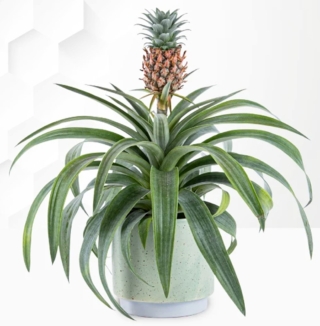
Pineapple: our latest attempt. We cut the upper part of a pineapple from the shop, and it is now rooting in water; we also picked some of the seeds and I just planted them a few days ago. It is too early to say if it will work, but if it does it will be fantastic; pineapple plants are pretty, and have you seen how the fruit grows? Looks so odd, it is cool.
Coconut: I don’t know why, but this palm tree didn’t survive on our terrace. So sad, I would totally have gotten a larger pot just to have our own coconut tree. I got it from IKEA; perhaps I should try again. Or maybe it came missing a piece? 😛 I should have gotten two.
Passionflower: it is an ongoing process. Started about a year ago from small plants, and both passionflower plants are now taller than me; still, a long way to go; no fruits or flowers yet – a bit disappointing.
Citronella: I got this one from Amazon, as part of my arsenal in my war against mosquitoes. I still don’t know if it works, but the smell is lovely. Hubby adores this plant and swears it works; he has made several cuttings and now we have some ten citronellas around the terrace. This year we had way less mosquitoes… coincidence?
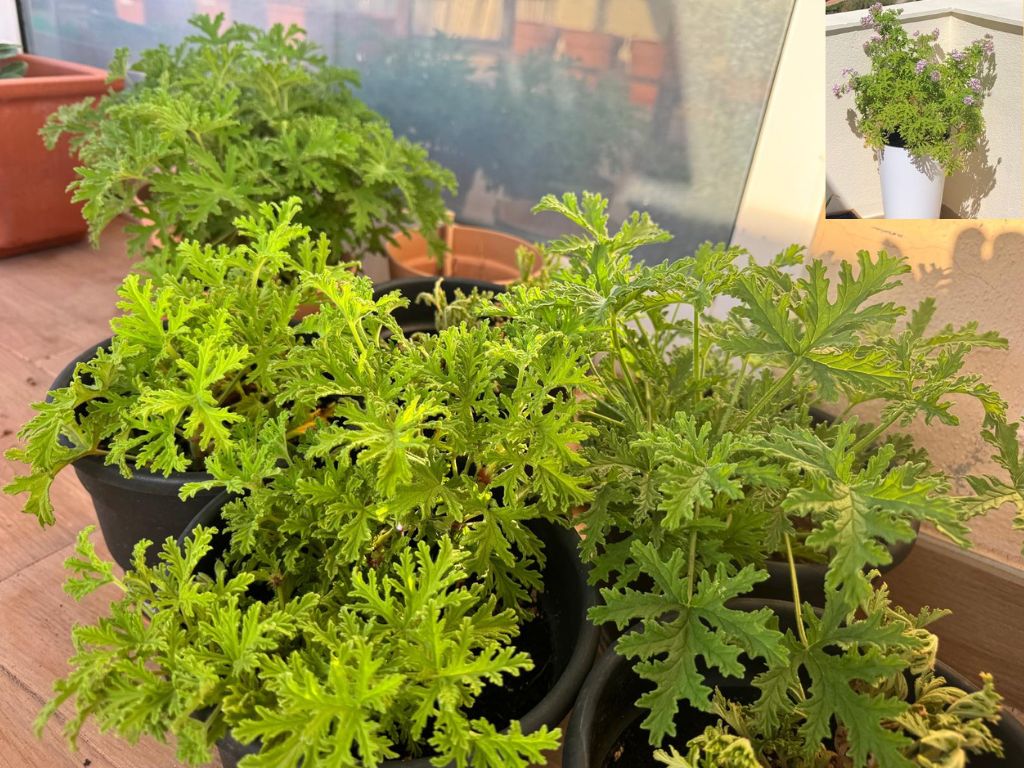
Lady of the Night: I got this one purely for the smell, that is sweet, delightful and mysterious – it just smells at night, that is when the flowers open! It is very common in Brazil, and I see it everywhere in Spain, too.
Our Lady of the Night, though, has had its share of disasters: first it faced a terrible infestation of mealybugs that took months to clean; while still battling the pests, a strong gust of wind turned the large clay pot and broke it during the night; the plant rolled from one side to the other of the terrace, potless, the rest of the night. What a mess! We got a new, larger plant vase with a much larger base, replanted and it survived. It is still under recovery, though.
French Marigold (Tagetes patula): a staple plant. It grows so easily, with beautiful and colorful flowers, and gives so many seeds it is hard not to overplant. Watch out, don’t put more than three plants in a small pot, because they will likely all grow.
Marigolds are said to repel mealybugs, and so we got ours when the Lady of the Night was infested – the idea was that to put the Marigolds near the Lady of the Night to help convince the mealybugs to go away, kill themselves (wishful thinking) or, at least, form a barrier not to spread to other plants. But Spanish mealybugs didn’t care, and they spread to the Marigolds! I couldn’t save the plants, but saved the seeds, that Hubby overplanted; because of the excess of seeds per pot, none of the new plants grew much. But they are gorgeous when handled correctly, and we still have a lot of seeds.
Gazania: much like Marigolds, Gazanias grow very easily and give beautiful flowers. They multiply on their own – what was once one pot has already been separated into three, and they are all filled! They don’t seem to mind overpopulation; they just grow and bloom.
The age old dilemma: clay pots vs plastic pots
I am on team clay, but I do see uses for plastic pots. The main advantage of clay pots is that water can evaporate through this material (but not through plastic). As I know my most common mistake is overwatering, clay pots help me a lot and correct my mistakes! I prefer the clay to be not painted, because the painting and varnish diminish the evaporation, but there are such beautiful painted clay pots in Andalusia – it is sort of a local tradition, much like the beautiful tiles we see around – that I sometimes give in. Plants that go in these pots, though, need to be extra resistant to water…

Plastic pots are good if they have excellent drainage on the bottom and are of light color; if the plastic is thick, even better. Thin and dark plastic heats up a lot. I know the clay heats up too, but because clay pots are usually much thicker than their plastic counterparts, and because the clay is more porous and water friendly, less of that heat reaches the soil inside.
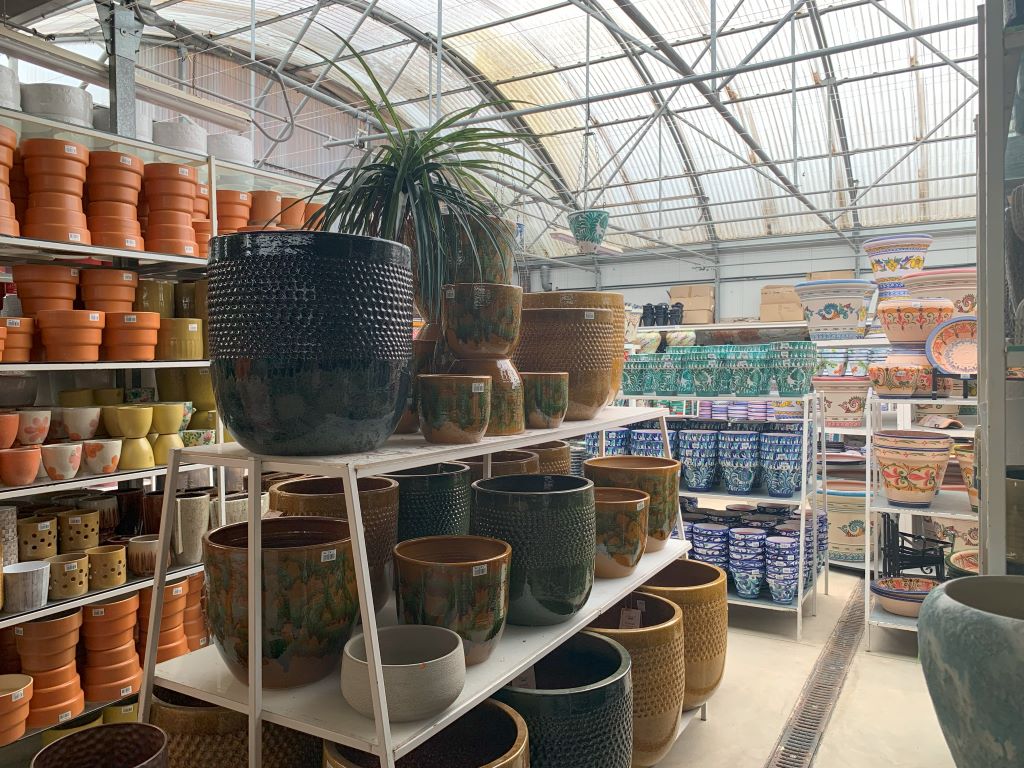
There is a good case for plastic pots, though: they make great large pots / planters. Clay is super heavy, and the bigger the pot, the heavier it gets. That is a big problem when living in a new place and still considering which pot goes where; a change of mind may require a lot of effort in moving an extra heavy pot – and may damage the floor. For large pots – the ones I use to grow tomatoes and, most recently, watermelons on the terrace – I side with plastic.
Another important use of plastic is not so much the pot, but the saucer (the dish that goes under the pot). Clay saucers stain light floors (yes, I discovered it in practice, in Spain), but the plastic ones don’t do it. I strongly recommend sticking to plastic saucers if you have a light floor. If it is too late for you, you’ll be glad to know that we managed (Hubby managed) to remove the stains with vinegar and a lot of elbow grease. It is possible to remediate, but it is much better to avoid the problem.
I like to mix and match the pots, play with their sizes and, honestly, move the ones that are not looking good out of sight when we have guests. So a variety of pots is very welcome – as is the little storage room we have in the garage.
Terrace gardening in Spain – climb those walls!
Having a terrace or balcony means that what you lack in ground is more than compensated in walls. Why not use them for plants? Andalusia is full of examples of walls with colorful pots and flowers – following the local tradition is a great idea!
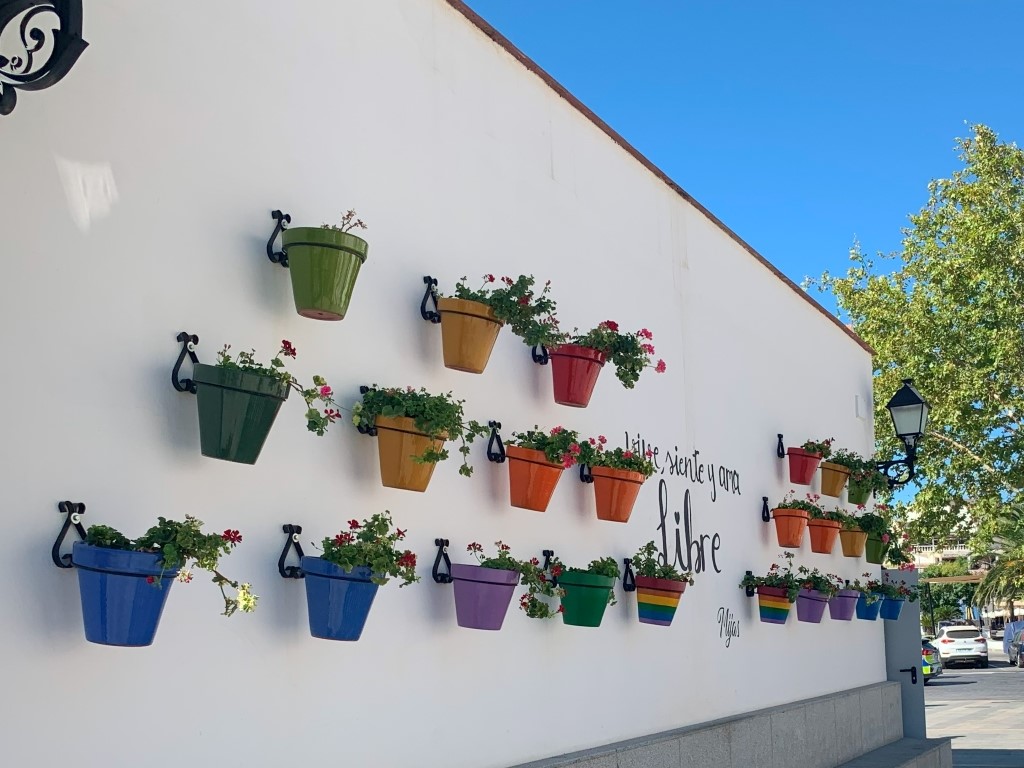
Another way to use the walls is putting supports to have climbing plants – bougainvilleas and flamewines grow well around here. I have a flamewine, but I have been mostly trying to grow passion flowers on my walls, with limited success so far. They are growing, but quite slowly. In Brazil they grew so fast! The flowers are huge and outstanding. The plant is called “passion” because the Jesuits somehow used the huge and abundant flowers to describe the passion of Christ to the natives, in well, a good association strategy – if the natives were reminded of Christ every time they saw a passion flower, the Jesuits work would be already half done.
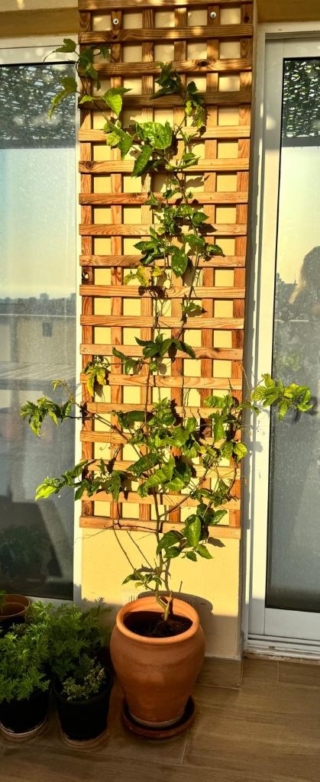
Back to Spain, the number of combinations one can get from different sizes, colors and materials of pots, plus plants of different textures, colors, flowers and foliage is almost infinite. These are delightful and healthy hobbies to have, both gardening and garden decoration. And your home will just get prettier!
Where to buy plants in the Costa del Sol?
I buy from 3 main places:
Street markets
The weekly street markets are great places to buy not only plants, but also ceramic /clay pots. They have a diversity of colorful ceramics that are sure to bring a terrace to life and give some Andalusian flair to the space. They also have several plants in a variety of shapes and size and are specially good for flower plants and for herbs.

Vivero near me
For a wider variety of plants, for plant ideas, soil, large pots and for a great time out, head to the nearest vivero (plant nursery or garden center). You can find it on Google Maps, looking for ‘vivero near me‘. I usually visit Vivero Veracruz Benalmadena, which I found the way I described here. I got my passionflowers plants from there, as well as all the soil, fertilizers and many of my larger pots. And when the wind broke the largest clay vase I had (the one with the large Lady of the Night bush), I ran to them to get a new large vase on time to save the plant. It was a mess, but it worked!
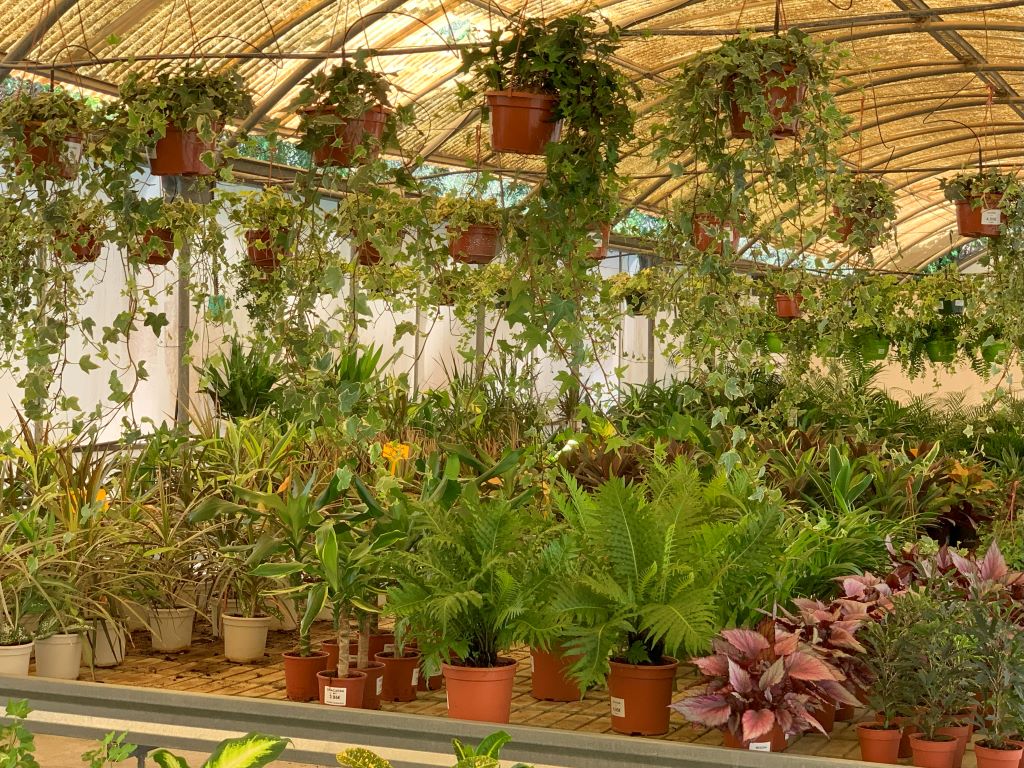
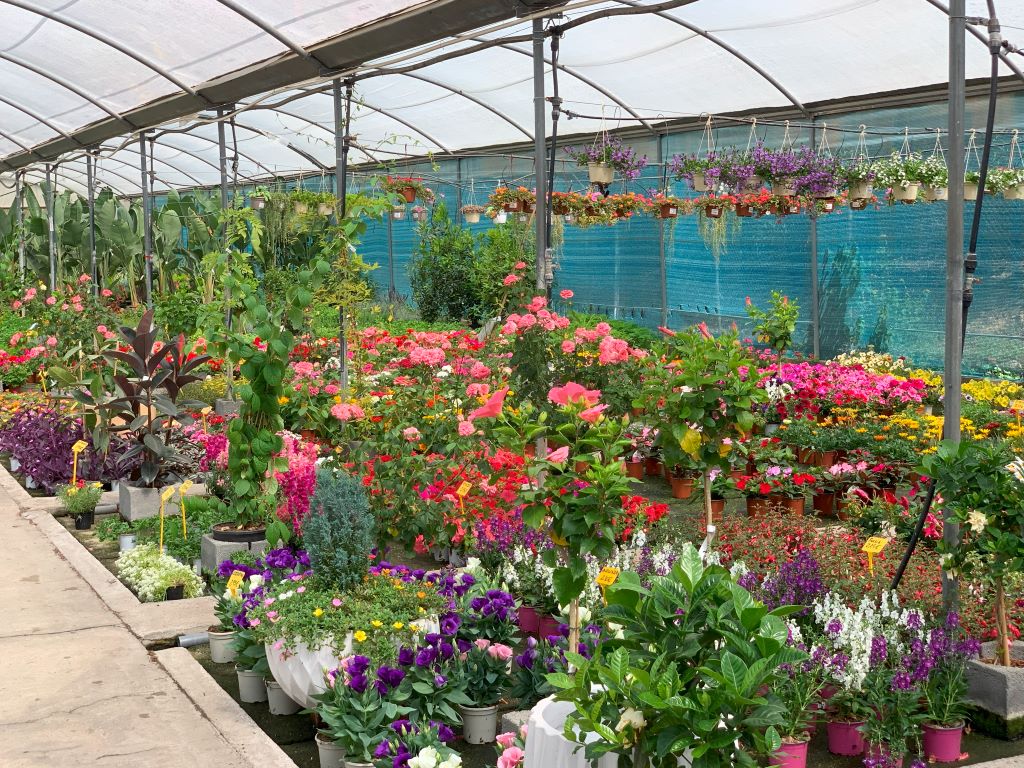
I took both images above in Veracruz Benalmadena plant nursery. People (and plants) are very nice there, and speak both English and Spanish (the plants also speak Portuguese 😛 ). I do recommend a visit. Below, directions:
Guzmán in Alhaurín de la Torre
The biggest Garden Center in the Costa del Sol is Viveros Guzmán in Alhaurín de la Torre. It is immense and they have it all – lots of plants, pots, soil, accent pieces for decoration, statues (not for a terrace, probably) and even garden furniture (though I find their furniture to be on the expensive side; more affordable options are on Leroy Merlin). I got my edible roses, lettuce and watermelons there. They have even a restaurant; go prepared to spend the day.
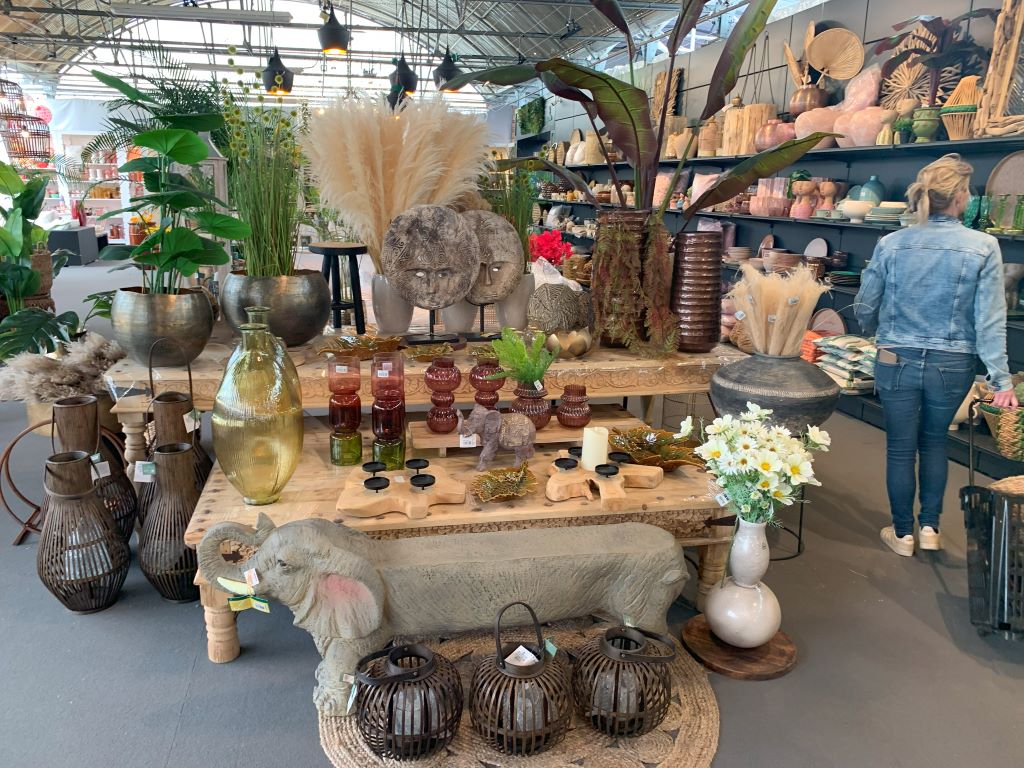
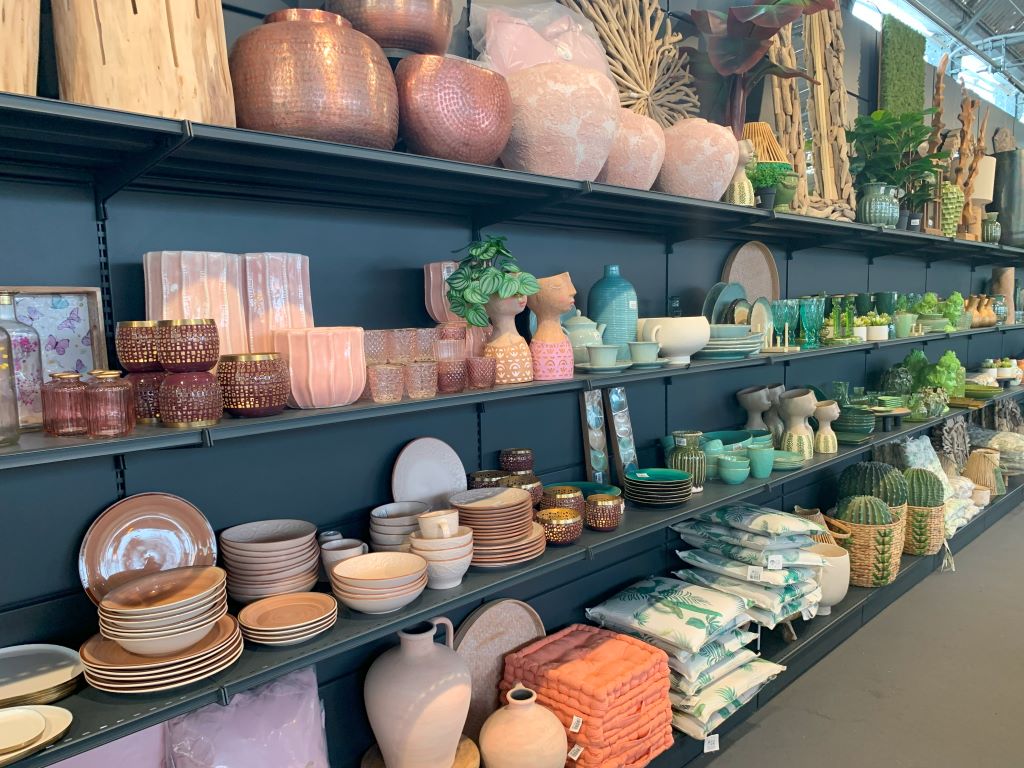
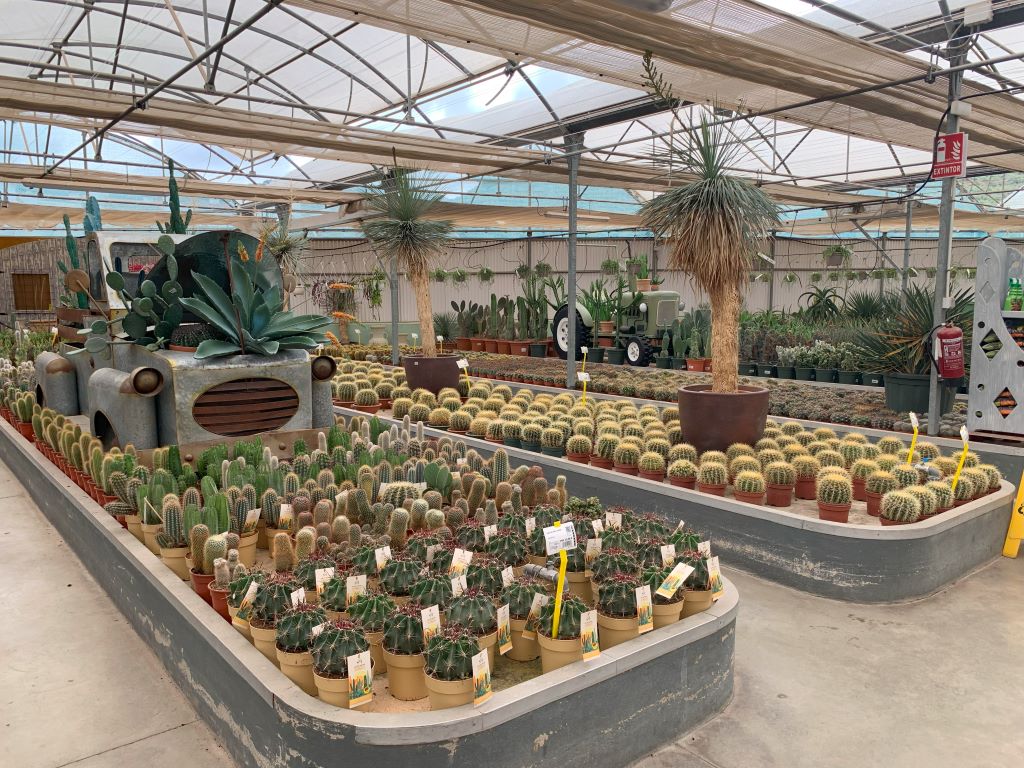
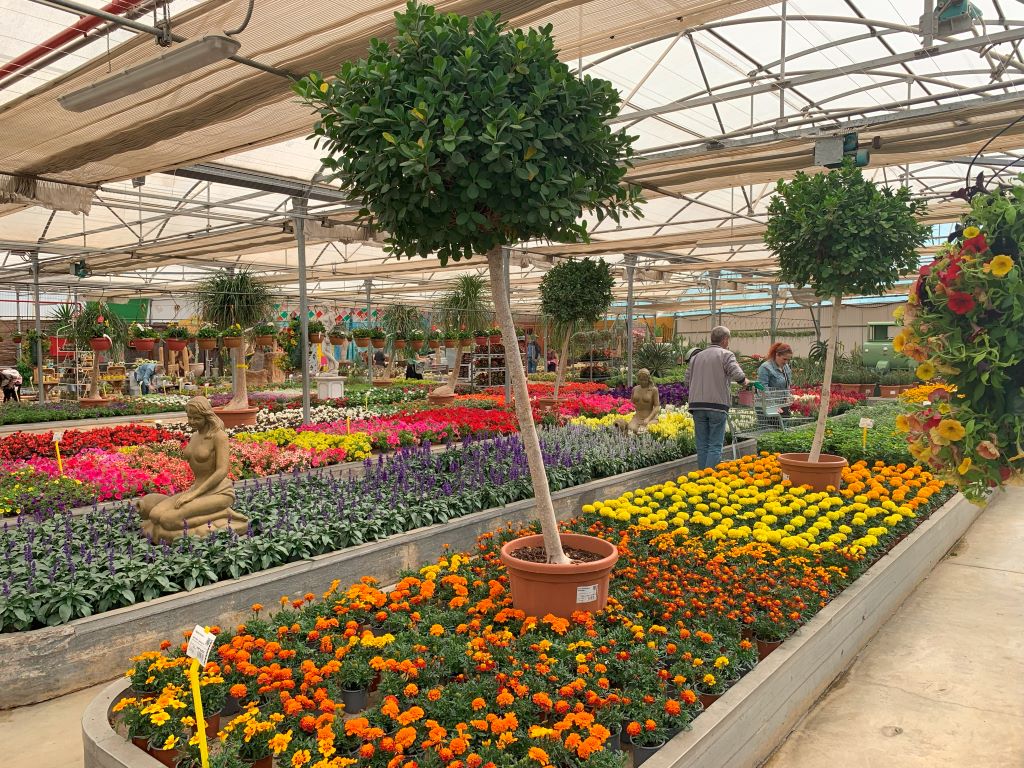
Above: a tiny little bit of what you can find in Guzman Garden Center. Below, directions:
Care and tips
Cut the flowers of your herbs. Cut them as soon as you see them; the first time I did it I almost cried, but over time, I got used because I know it is best for them – you are pretty much saving your plants life by doing it. This is true for basil, parsley and mint; I don’t remove the flowers of rosemary and thyme, and they are doing well.
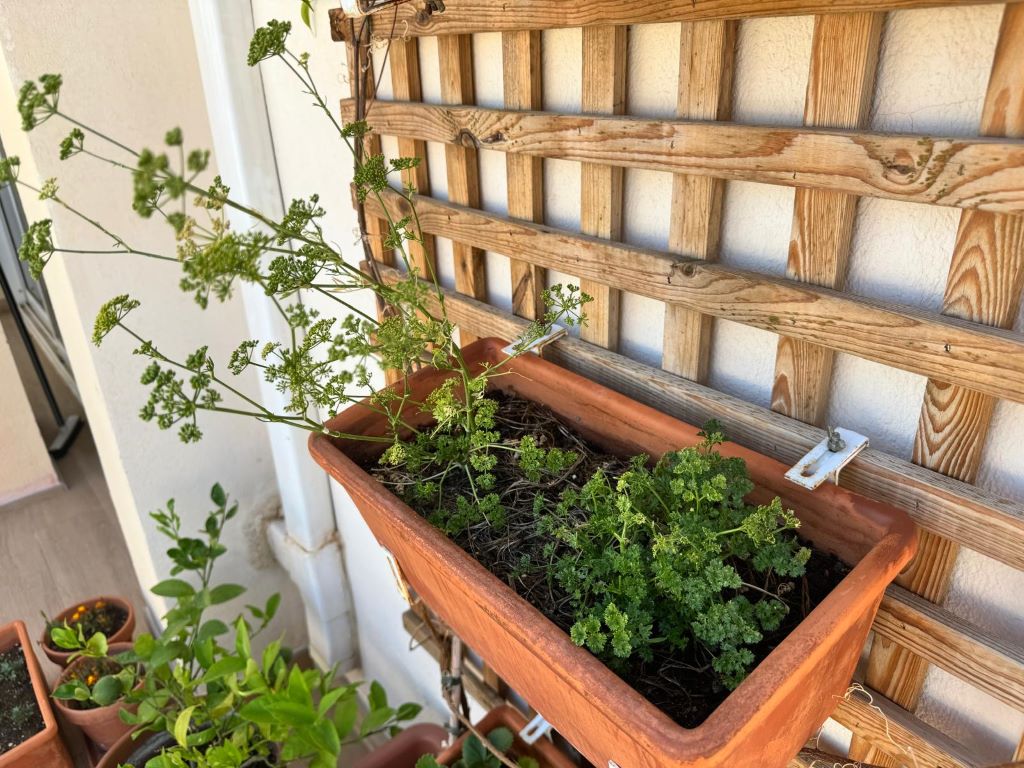
Plant in pairs, if not more. Plants make friends; this is a fact I cannot prove (also called an opinion). But I have seen my plants live much longer when I have at least two of the same species near each other; and when one dies, often does the other – and I’m not talking about pests. I once separated two friends that were hanging on by a thread for months; the next day both died.
On the same note: talking to plants is good both for them and for the talker. Well, you see, if you are talking to the plants, you spend more time looking at them, and have a better chance to notice problems earlier. That is how I justify my own talking to the plants to Hubby, which is a non-believer (for now. He already believes in planting in pairs). At least the benefits of talking to plants are not only my opinion.
If you have a large space, find a spot in the terrace where you can quarantine the sick plants; move them there as soon as possible.
Mind the wind. Wind can turn pots and break them, killing the plant in the process. If you intend to get large pots, choose vases that are large on the base, so they have less chance of tipping over.
Cover the soil in the pots with raffia. Raffia is a cheap construction material that is made of dried palm tree leaves. Using it has several advantages: it prevents soil from being carried away from the pots by the wind; it diminishes the chances of unwanted plants sprouting; it also prevents the soil from getting too hot under the sun and it keeps the moist in for longer. The terrace is a lot cleaner since I started covering the soil with raffia.
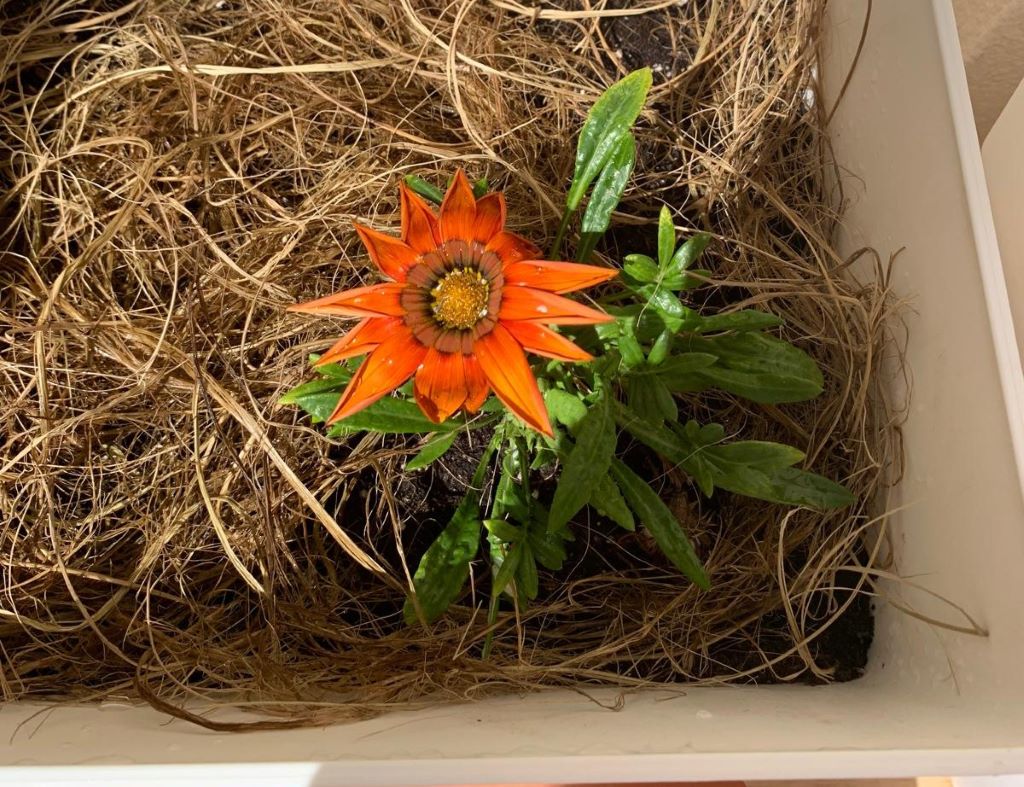
Eggshells, grinded coffee beans and banana peels are all excellent fertilizers that you don’t need to trash once you have a terrace garden! We crush the egg shells and distribute them on the soil of the plant vases every now and them, because eggshells are rich in calcium, which is good to increase plants resistance both to wind and plagues – two important threats in the south of Spain. Hubby makes ‘coffee for himself and for the plants’ – we spread the coffee grounds on the soil because coffee is rich in both nitrogen and potassium; I blend the banana peels with water and give the tomatoes ‘banana juice’ – for potassium as well; tomatoes need a lot.
The main nutrients plants need are NPK (nitrogen, phosphorus and potassium, respectively). We have N and K covered organically, with items that would go to the trash otherwise, but we lack P, which comes naturally from… manure! In Brazil, I used to buy composted chicken manure (for that balcony, remember?) but in Spain we are using liquid fertilizer once a week (or should be using it; I forget to put it more than I remember. Only when a plant starts to show problems that I can’t blame on either pests or wind I care about the fertilizer, as I prefer to use only natural stuff – specially because we eat much of what we grow in the terrace.)
Conclusion
If you like to play with plants, you are in the right place – being sunny and dry (in the south), a lot of things grow nicely in Spain. And if you, like me, lack a piece of land, this should not be a reason not to have a garden – a wall in the sun is already a good start. All the more creativity and mobility for our potted plants. 😉 And if, by any chance, you are successful growing a coconut tree, please share your wisdom with me!

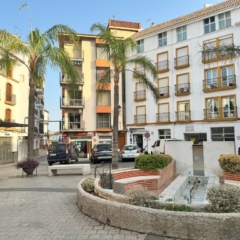
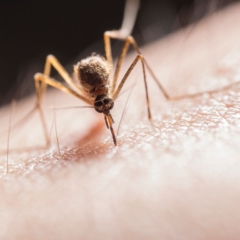
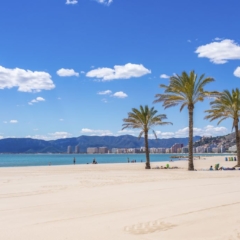
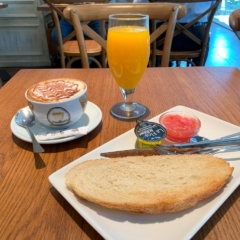
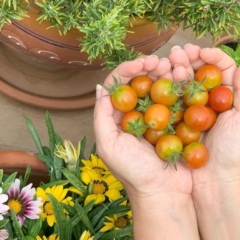
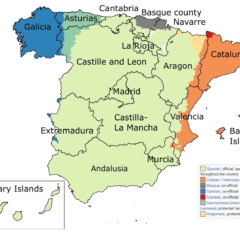
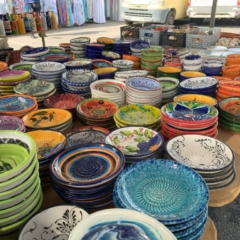
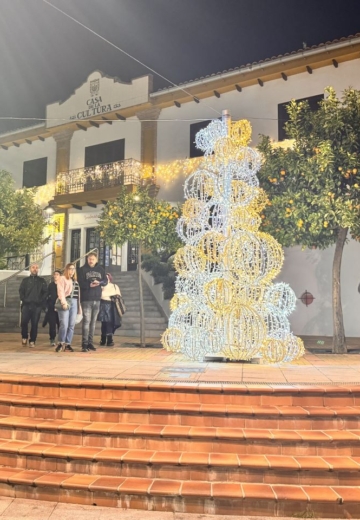
Great article thank you! I am also on the Costa del Sol and am looking for tips on the best potting mix for terrace plants. Our terrace is south facing and gets summer sun from about midday until 8.30pm and everything gets really baked!
I’ve always just used straight multi purpose compost, but now I’m wondering about adding some coconut coir, perlite, and maybe even some of those little balls that swell up with water and then slow release.
Hello Lisa!
I think those are good strategies to try! I think if you are planting species that are not normally grown in the area, and therefore are not used to the local weather, indeed, they will need some extra help.
I usually buy a general, multipurpose soil mix, but the plant nurseries tend to have several options for different kinds of plants. I usually just cover the soil with raffia, to prevent the soil from getting direct sun exposure (and to prevent the soil from flying when we have strong winds); it helps a lot.
Let me know your findings!
What a wonderful article, thank you! I am new to Benalmadena and am looking for an apartment to purchase with a terrace. I can’t wait to get my garden started.
Thank you! And best of luck on your search. 😉
Thank you. It is very interesting
You’re welcome, I’m glad you liked it.